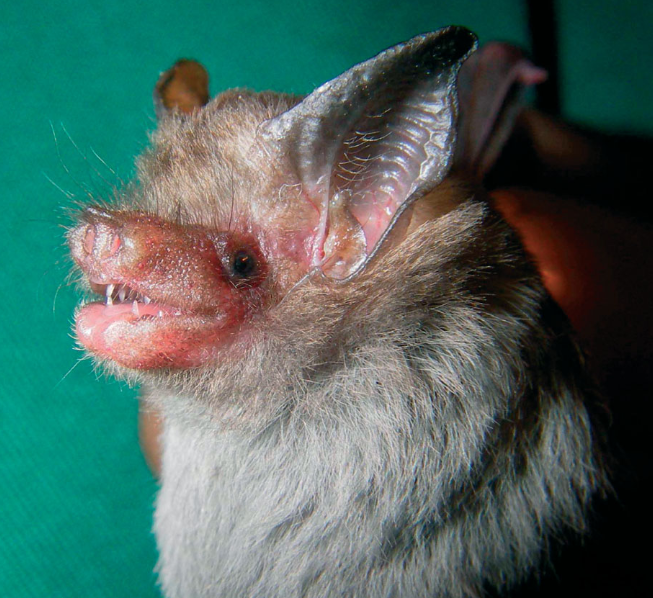Facts for Kids
The bumblebee bat, also known as Kittis's hog-nosed bat, is a tiny mammal recognized as the smallest bat in the world, characterized by its distinctive appearance and critically endangered status.
Overview
Interesting Facts
Conservation Status
Cultural Significance
Diet And Feeding Habits
Habitat And Distribution
Physical Characteristics
Reproduction And Lifespan
Behavior And Social Structure

Inside this Article
Population
Limestone
Bumblebee
Culture
Mammal
People
Mother
Caves
Sound
Did you know?
🐾 The bumblebee bat is the smallest mammal in the world, weighing only about 2 grams.
🌍 This bat species primarily resides in limestone caves in Thailand and Myanmar.
🍯 The bumblebee bat's diet consists mainly of small insects, such as flies and moths.
🦇 With a wingspan of around 5.7 inches, it is named for its small size and buzzing flight.
⚠️ The bumblebee bat is currently listed as 'Critically Endangered' by the IUCN due to habitat loss.
🌜 These bats are nocturnal, meaning they are active at night when they hunt for food.
🕷️ They use echolocation to navigate and find prey in the dark.
💔 The bumblebee bat's populations are threatened by climate change and pollution.
🔍 Their tiny size allows them to dart through dense vegetation with agility.
🌱 Conservation efforts are underway to protect the remaining habitats of the bumblebee bat.
Introduction
Interesting Facts
Also, they are called Kitti's hog-nosed bat after a Thai zoologist named Dr. Kitti Thonglongya. These tiny bats can eat their entire body weight in food every night! Another fun fact is that bumblebee bats create a unique "tweeting" sound through their echolocation. They may be small, but they are mighty in the world of bats! 🌟
Conservation Status
Cultural Significance
Diet And Feeding Habits
Habitat And Distribution
Physical Characteristics
They have short, round ears and furry wings that help them fly gracefully. Their fur colors range from brown to gray, blending in well with their surroundings. A bumblebee bat’s nose is pig-like, giving it a unique look. This tiny mammal has large eyes for better night vision. Did you know that bumblebee bats can flap their wings over 20 times per second? This speedy flapping helps them zip around in search of insects to eat! 🦠

